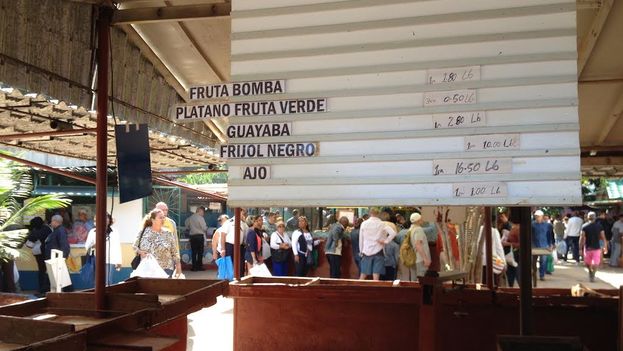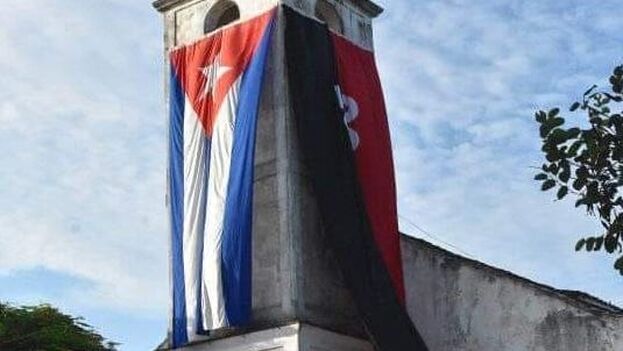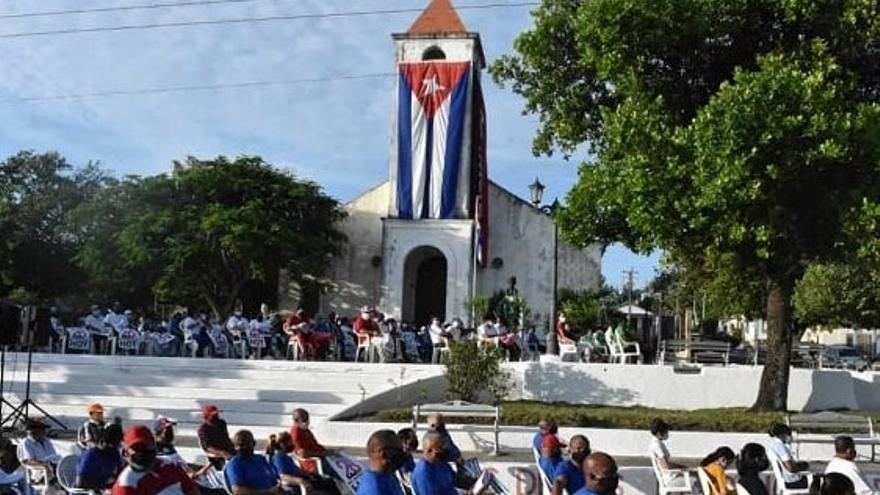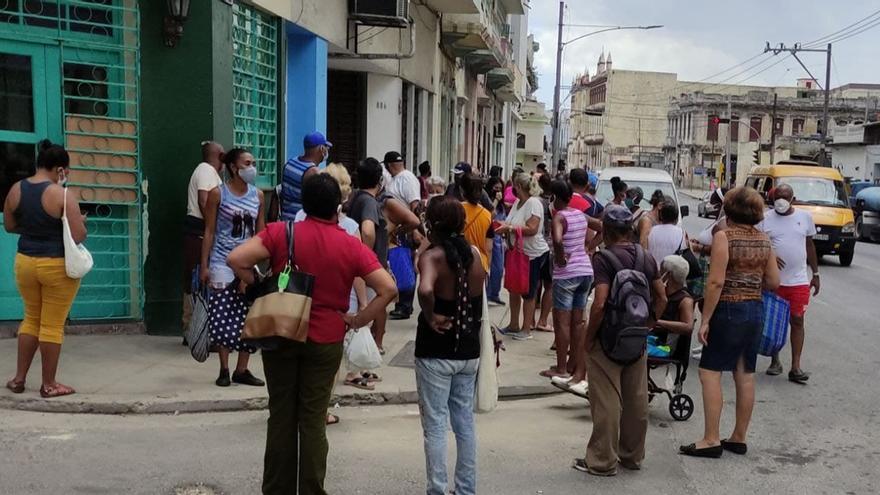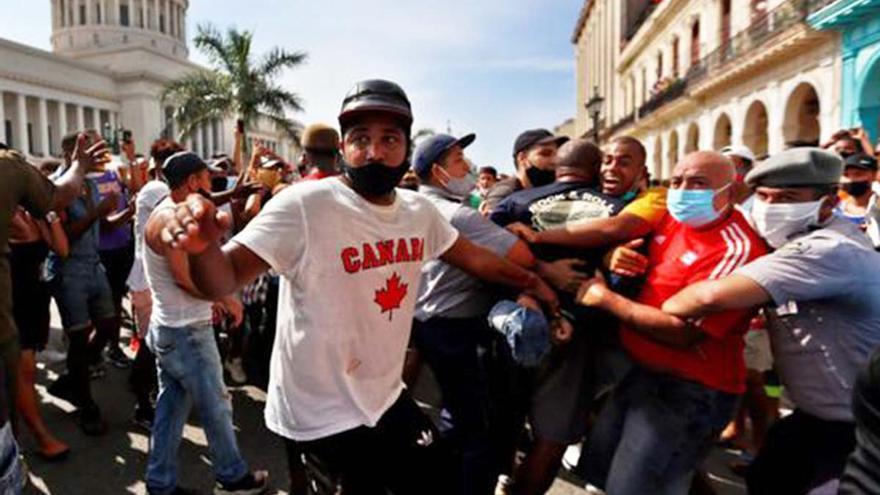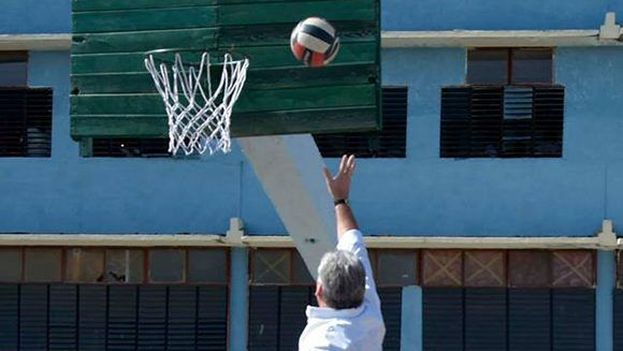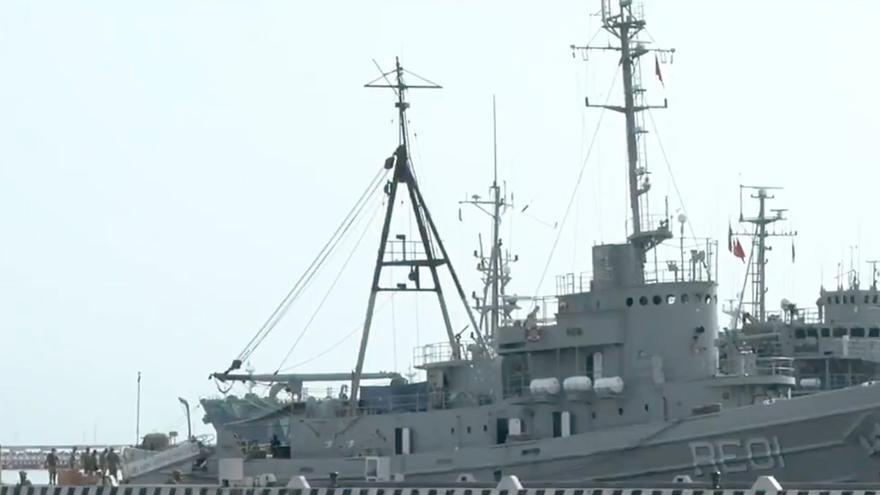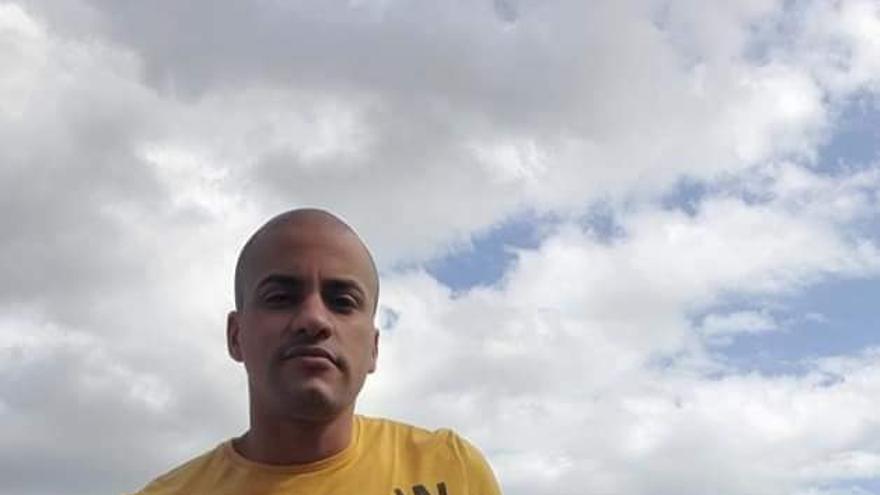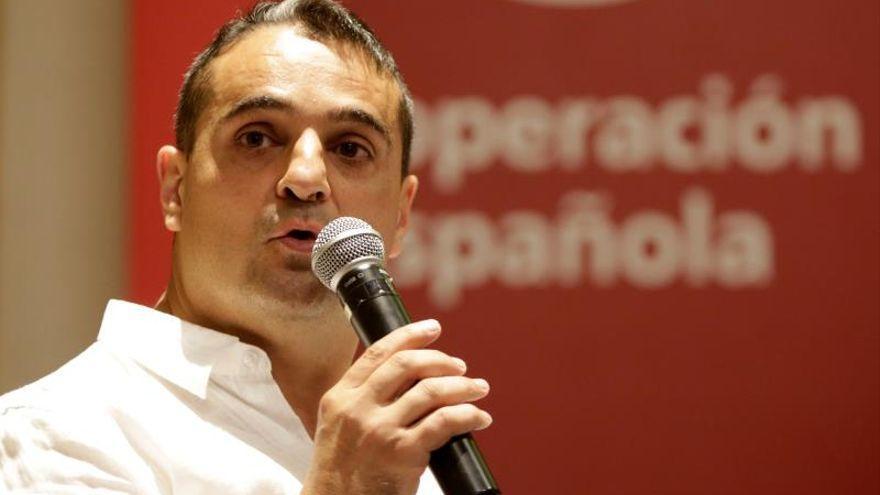
![]() 14ymedio, Jorge Tintorero, New York, July 28, 2021 – Since last July 11, the demand for free internet access for Cubans has become a trend, supported by Senators, Congressional Representatives, and a multitude of public and political figures in the United States. There has been no lack of promises, including that of President Biden, to satisfy this demand, and many are waiting for this wish to come true at any moment. There has also been no lack of fake news, some well intentioned and others not, of “enabling satellite internet for Cuba,” and other niceties.
14ymedio, Jorge Tintorero, New York, July 28, 2021 – Since last July 11, the demand for free internet access for Cubans has become a trend, supported by Senators, Congressional Representatives, and a multitude of public and political figures in the United States. There has been no lack of promises, including that of President Biden, to satisfy this demand, and many are waiting for this wish to come true at any moment. There has also been no lack of fake news, some well intentioned and others not, of “enabling satellite internet for Cuba,” and other niceties.
Pardon me for being the bearer of bad news, but this is not as easy as many think, nor does it depend exclusively on the political decision of some particular person. In the field of telecommunications there are limitations dictated by physical laws that cannot be ignored, much less modified for someone’s convenience. But even with significant recent technological advances, there are solutions that are impossible to implement, as I will explain below.
Satellite Internet
The existence of commercial satellite internet services is a reality, but in order to use these services it is essential to have a specific modem to connect to the corresponding satellites. These modems are popularly known as BGAN (Broadband Global Area Network), which is just the trademark of one of the most popular continue reading
The need to have one of these modems to access satellite internet is easy to explain. These satellites mainly use 3 commercial frequency bands: C band, X band and Ku band. None of these frequencies match those used in cell phones, either CDMA or GPRS. The only phones capable of connecting to these services are satellite telephones specifically designed for this, and, as you would expect, they are prohibited in Cuba, as are satellite modems or BGAN.
The only satellite signal capable of being received by mobile phones is GPS service in any of its variants (GPS, GLONASS, Galileo, etc.), but communication in this case is unidirectional, that is, it works only from the satellite to the mobile phone, but not vice versa.
To use the internet, communication must be established in both directions — to both receive and send data packets. It’s like a conversation between two people: one speaks and the other listens; then the second responds and the first listens. If these people walked away from each other they could continue talking through megaphones, but each would need one, otherwise one could listen but would be unable to respond. The megaphones in this case would be the satellite and the BGAN modem.
In short, there is no such thing as free “satellite internet access” for Cuba or anywhere else. Regardless of whether the satellite internet service providers agreed to provide their service without charge, if you don’t have a compatible modem, it’s impossible to access the service.
Mobile phones, smart or not, can only be connected to radio base stations (or cells, hence the name “cell” phone), which in this case all belong to Etecsa (the Cuban telecommunications monopoly) and use GPRS (General Packet Radio Service) technology.
GPRS
In order to provide internet service using this technology, it is necessary for mobile phones to connect to base stations that don’t belong to the Etecsa network, something that doesn’t exist in Cuba. It’s impossible to deploy an alternative cell network without permission from the Cuban government. Alternative solutions for deploying base stations are emerging, such as drones, balloons, or some other type of platform.
But, and here is the limiting factor, these platforms must be located at a distance (or height) that guarantees that the signal can be received by mobile phones and that these in turn are able to communicate effectively with the base stations. It’s possible to boost the transmission power of a base station so that its signal reaches the mobile phones, but that doesn’t increase their power to connect to the base station.
But locating any of these platforms over Cuban territory would be considered a violation of its airspace, with all the implications that entails. Here, in addition to technological limitations to overcome, the political decision factor for their implementation is primary, something for which there does not seem to be a will at any level, given the diplomatic and other consequences.
The other connection option for using mobile phones is Wi-Fi, a different technology that we’ll analyze below.
Wi-Fi
This type of technology allows the connection of devices in a relatively small area, for example the Wi-Fi services enabled in some parks, as well as at the residential level. A possible contribution to the free internet that Cubans are demanding could be the enabling of Wi-Fi access by the embassies of countries supportive of freedom for Cubans. Clearly this would be something very limited, restricted to specific areas in the city of Havana, which the dictatorship could impede simply by preventing people from approaching those places to access the connection (adding another to its habitual diplomatic scandals).
But in exceptional cases, it could help citizens, activists, and independent journalists to get valuable information out of Cuba in moments of a total blockade by Etecsa. This would also require a lot of political will and decisiveness on the part of those governments that decided to support the Cuban people.
There is also equipment that, using this same technology, allows distant subnets to link to each other, such as what is known as SNet in Havana, and similar ones in other Cuban cities. In any case, even using Nano-type devices or equivalents of greater or lesser capacity or power, they have to connect to a point that has internet access through a service provider other than Etecsa.
This could be a solution, assuming the existence of one or more of these connection points, but even so, there are also limitations.
First, the effective connection distance through this type of device usually doesn’t reach more than ten miles, or slightly more in ideal conditions.
Second, a stable connection requires an unobstructed line of sight between the two connecting devices.
And third, a secondary network is required to share this connection and give access through Wi-Fi or local area networks (LAN) to the end-users’ mobile phones, tablets or computers.
Given these limitations, especially the first one related to distance, it is easy to conclude that locating connection points outside the limit of Cuban territorial waters, regardless of the cost involved, would place them beyond the effective scope of this technology.
This is without even mentioning the need to establish a network within the Island to “distribute” the connection from points near the coast into the interior, with all that would imply in terms of investment, coordination on the part of the citizenry, and the propensity of the dictatorship to persecute those involved, seize equipment, etc.
Conclusions
Even if some combination of the technologies described above could be deployed in certain localities, the reality is that there is not a solution currently available that would satisfy the desire we all have for free internet access in Cuba. This doesn’t mean that we should give up the fight, but rather that it’s necessary for us to take advantage of what little is available and use it effectively.
Wishing and hoping for a miracle that will suddenly grant us free access to the internet doesn’t help, but disarms us at a time when the fight for freedom should not cease. If tomorrow a loophole opens in the dictatorship’s information blockade, we must make the most of it, but we must also recognize that these are the conditions we have to deal with. The Internet is a tool, but it is not the only one available to overthrow the dictatorship. Our will and our action are the only things that will achieve that.
Translated by Tomás A.
____________
COLLABORATE WITH OUR WORK: The 14ymedio team is committed to practicing serious journalism that reflects Cuba’s reality in all its depth. Thank you for joining us on this long journey. We invite you to continue supporting us by becoming a member of 14ymedio now. Together we can continue transforming journalism in Cuba.

